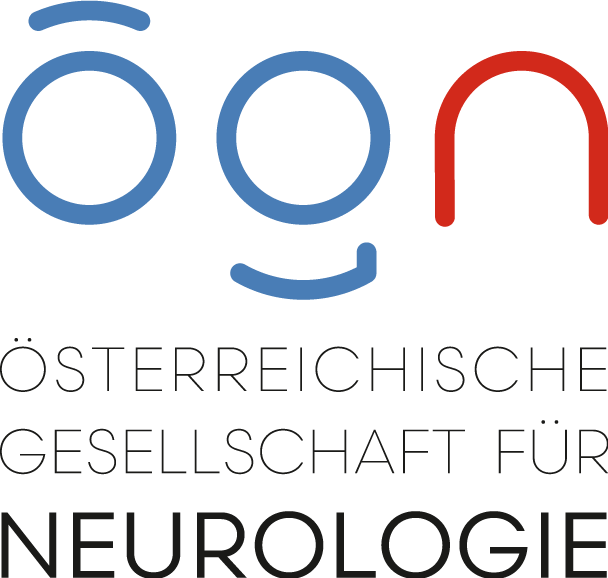Critical care continuous electroencephalography (CCEEG) represents the gold standard for detection of nonconvulsive status epilepticus (NCSE) in neurological critical care patients. It is unclear which findings on short-term routine EEG and which clinical parameters predict NCSE during subsequent CCEEG reliably. The aim of the present study was to assess the prognostic significance of changes within the first 30 min of EEG as well as of clinical parameters for the occurrence of NCSE during subsequent CCEEG.
METHODS: Systematic analysis of the first 30 min and the remaining segments of prospective CCEEG recordings according to the ACNS Standardized Critical Care EEG Terminology and according to recently proposed NCSE criteria as well as review of clinical parameters of 85 consecutive neurological critical care patients. Logistic regression and binary classification tests were used to determine the most useful parameters within the first 30 min of EEG predicting subsequent NCSE.
RESULTS: The presence of early sporadic epileptiform discharges (SED) and early rhythmic or periodic EEG patterns of “ictal-interictal uncertainty” (RPPIIIU) (OR 15.51, 95% CI 2.83-84.84, p = 0.002) and clinical signs of NCS (OR 18.43, 95% CI 2.06-164.62, p = 0.009) predicted NCSE on subsequent CCEEG. Various combinations of early SED, early RPPIIIU, and clinical signs of NCS showed sensitivities of 79-100%, specificities of 49-89%, and negative predictive values of 95-100% regarding the incidence of subsequent NCSE (p < 0.001).
CONCLUSIONS: Early SED and early RPPIIIU within the first 30 min of EEG as well as clinical signs of NCS predict the occurrence of NCSE during subsequent CCEEG with high sensitivity and high negative predictive value and may be useful to select patients who should undergo CCEEG.



